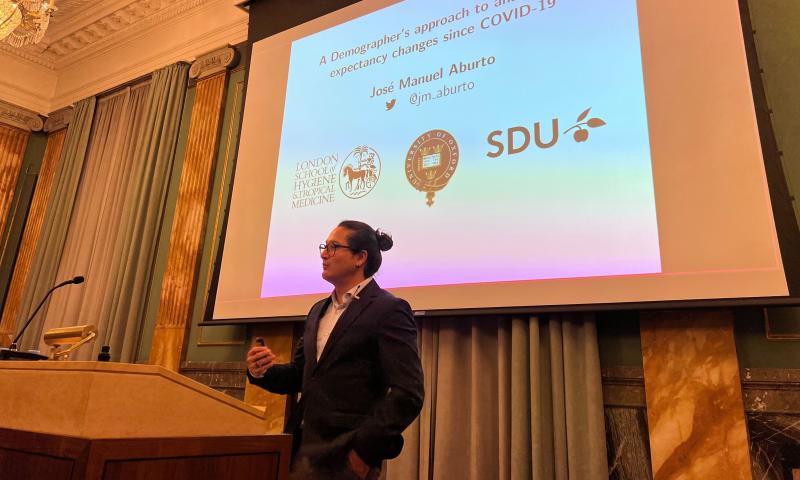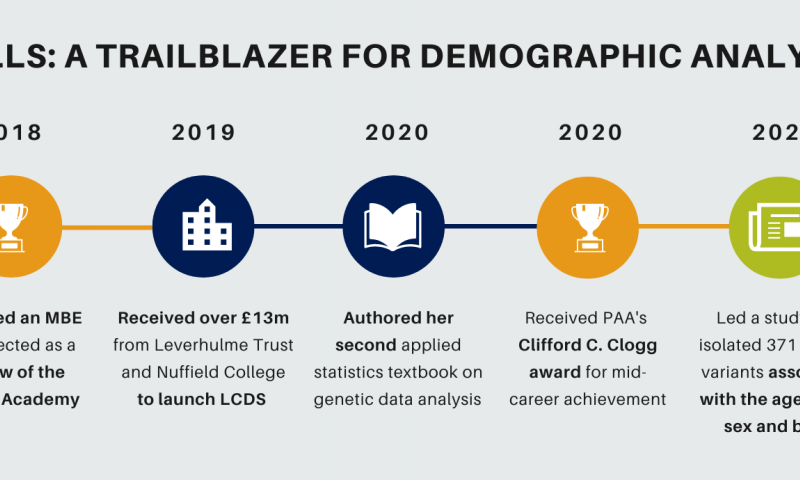
6 Oct 2022
Recent study: How does unemployment affect social trust across Europe?
Unemployment affects social trust in societies in different ways, according to a recent study in Social Science Research, conducted by Dr Leo Azzollini from the Centre and Oxford’s Department of Social Policy and Intervention.

28 Sep 2022
New study: How progressive is Sweden's pension system?
Jiaxin Shi, a DPhil Student at the Leverhulme Centre for Demographic Science and Max Planck Institute for Demographic Research, has recently published a paper on whether individuals with lower socioeconomic status benefit less from pension programmes because of their higher mortality risks.







